Coil and can coating is an organic material that's applied on rolled metal strip in a continuous process which includes cleaning (if necessary) and chemical pre-treatment of the metal surface. It also includes either one-sided or two-sided, single or multiple application of (liquid) paints or coating powders, which are subsequently cured and/or laminated with permanent plastic films, cleaning, chemical pretreatment, primer coat application, curing, final coat application, second curing, exit accumulator, and recoilers.
Coil and can coating is an organic material that's applied on rolled metal strip in a continuous process which includes cleaning (if necessary) and chemical pre-treatment of the metal surface. It also includes either one-sided or two-sided, single or multiple application of (liquid) paints or coating powders, which are subsequently cured and/or laminated with permanent plastic films, cleaning, chemical pretreatment, primer coat application, curing, final coat application, second curing, exit accumulator, and recoilers.
The following 12 steps take place on a modern coating line:
- Step 1: Mechanical stitching of the strip to its predecessor
- Step 2: Cleaning the strip
- Step 3: Power brushing
- Step 4: Surface treatment by chemical conversion
- Step 5: Drying the strip
- Step 6*: Application of primer on one or both sides
- Step 7: Passage through the first curing oven (between 15 and 60 seconds)
- Step 8: Cooling the strip
- Step 9: Coating the finish on one or both sides
- Step 10: Passage through the second curing oven (between 15 and 60 seconds)
- Step 11: Cooling down to room temperature
- Step 12: Rewinding of the coated coil
*Note: from step 6 on, materials touching the surface will make a difference in each step.
Why Use Can and Coil Coating
Post-coating was costly, time-consuming, and environmentally harmful. Formed parts can have many holes, recessed areas, valleys, and hidden areas that make them difficult to clean and uniformly paint.
Coil coating is the continuous and highly automated industrial process for efficiently coating coils of metal. Because the metal is treated before it is cut and formed, the entire surface is cleaned and treated, providing tightly-bonded finishes.
Manufacturers produce and ship 4.5 million tons of coil-coated steel and aluminum in North America each year, with an additional 5 million tons produced and shipped in Europe. In almost every five-year period since the early s, the growth rate of coil-coated metal has exceeded the growth rates of steel and/or aluminum production.
Where Is Can and Coil-Coated Material Used?
Pre-painted metal is used in a variety of products. It can be formed for many different applications, including those with T bends, without loss of coating quality. Major industries use pre-painted metal in products such as building panels, metal roofs, wall panels, garage doors, office furniture (desks, cubicle divider panels, file cabinets, and modular cabinets), home appliances (refrigerators, dishwashers, freezers, range hoods, microwave ovens, and washers and dryers), heating and air-conditioning outer panels and ductwork, commercial appliances, vending machines, foodservice equipment and cooking tins, beverage cans, and automotive panels ,and parts (fuel tanks, body panels, bumpers). The list continues to grow, with new industries making the switch from post-painted to pre-painted processes each year.
Some high-tech, complex coatings are applied with the coil coatcoil coating process. Coatings for cool metal roofing materials, smog-eating building panels, antimicrobial products, anti-corrosive metal parts, and solar panels use this process. Pretreatments and coatings can be applied with the coil coating process in very precise, thin, uniform layers, and makes some complex coatings feasible and more cost-effective.
The largest market for pre-painted metal is in both commercial and residential construction. Many choose pre-painted metal for its quality, low cost, design flexibility, and environmentally beneficial properties. A wide range of color options are available with pre-painted metal, including vibrant colors for modern designs, and natural, weathered finishes in rustic expressions. Pre-painted metal also can be formed, almost like plastic, in fluid shapes. This flexibility allows architects to achieve unique, expressive designs using metal.
What Is Used in Can and Coil Coatings?
A number of chemicals are used in can and coal coatings, including polyesters, plastisols, polyurethanes, polyvinylidene fluorides (PVDF), epoxies, primers, backing coats and laminate films. For each product, the coating is built up in a number of layers.
Primer coatings form the essential link between the pretreatment and the finish coating. The composition of the primer will vary depending on the type of finish coat used. Primers require compatibility with various pretreatments and top coat paint systems; therefore, they usually comprise a mixture of resin systems to achieve this end.
Backing coats are applied to the underside of the strip, with or without a primer. The coating is generally not as thick as the finish coating used for exterior applications. Backing coats are generally not exposed to corrosive environments and not visible in the end application.
Examples of Polyester Resin Formulation
Several polyester formulations appear in patent US to show a general synthesis of polyesters used in can and coil coating. Polyesters with specific physical properties and Tgs are used in can and coil coatings; formulators usually deploy a blend of multiple polyesters (at least two), one with higher Tg and one with lower Tg.
Experiment I
EG
294
NPG
510
PA
409
IPA
458
TA
611
Tg
50
Experiment II
EG
301
NPG
551
PA
576
ADPA
852
Tg
-15
Experiment III
1,2-PG
787
TMP
127
AA
155
IPA
TA
465
Tg
49
Experiment IV
EG
124
NPG
468
DEP
213
TMP
131
AA
689
IPA
695
TA
611
Tg
-14
Experiment V
EG
106
NPG
546
HG
50
CHMG
123
1,2-PG
65
IPA
1,4-CHCDA
146
Tg
45
Neopentyl glycol (NPG) is widely used in these formulations to offer flexibility, humidity resistance, UV resistance, low Tg, and liquidity that's easy to handle. The list below compares the physical properties of diol monomers that are commonly used in the synthesis of polyester polyols. This list illustrates how easy the diol can be handled and how easy the reaction of polyesterification can be controlled.
PG
MPO
BDO
Neopentyl
HDO
Melting Point, °C
< -60
-54
16
125
43
Boiling Point,
°C
189
212
235
206
250
Functionality
1° & 2
°
1°
1
°
1
°
1
°
2-methyl-1,3-propanediol (MPO) is recognized as a better alternative for NPG not only in price, but also since it offers more convenience than NPG in storage, reaction, transportation, etc. (+ is good, - is bad, / is no data).
MPO
NPG
Freeze Point
++
--
Handling
+
+
--
Low Color
+
+
+
Esterification React
+
+
+
Urethane Ext.
+
/
Hydrolytic Stability
+
+
+
+
UV Stability
+
+
Amorphous Polymer
+
+
+
Tensile Polymer
+
/
Low Cost
+
+
+
Availability
+
+
+
The following charts illustrate the difference between MPO and NPG with regard to hydrolysis resistance and reactivity in polyester formation. In both cases, MPO performs better.
Hot water degradation test
over 12hrs @ 90°C ( 10% Water + 90% Polyol)
In the chart below, we compared gloss retention performance among four formulations, based on four different polyesters. The results show consistently good performance with MPO-based polyester formulations. In fact, the MPO-based polyester formations are better than their NPG-based counterparts and much superior to PG-based polyesters.
In the chart below, we compare can and coil coating formulated with MPO and reveal its clear advantages over MPG and NPG as raw materials:
Reactant
Wt. Ex. 1
Wt. Ex. 2
Wt. Ex. 3
Wt. Ex. 4
Wt. Ex. 4
IPA
221.7
221.7
221.7
58.77
50.4
MPO
146.7
146.7
146.7
0
AA
31.6
31.6
31.6
8.7
9.5
MPG
32.8
NPG
40.1
CYMEL 303
10%
12%
14%
14%
crystalline
Pencil Hardness
4H
4H
5H
5H
Sward Hardness
48
52
44
54
60 deg. Gloss
85
92
99
99
Bend Test
0-T
0-T
0-T
6-T
Adhesion (water)
Pass
Pass
Pass
Gardner (in/lbs)
160
160
160
Stain Resistance
Excellent
Excellent
Excellent
Rubber Resistance
200+
200+
200+
Summary
The can and coil coating process is quite advanced, providing the industry with metal sheeting that performs much better than sheeting produced by traditional manufacturing methods. The key component in coating should give the metal sheet the same durability and processability as the underlying metal itself. 2-Methyl-1,3-Propanediol (MPO) brings to the mix low viscosity, high amorphocity, high reactivity, and high compatibility, benefitting manufacturers both in process handling and finishing products for can and coil coating.
During the process, MPO is beneficial due to its low viscosity, stability with regard to oxidation, and the fact that it's easy to level to produce a thin layer film, while improving compatibility in the system (no fish eyes), offering fast reaction, having a low melting point, and staying in liquid form at room temperature.
In final products, MPO delivers high clarity to guarantee the right coloring, high adhesion, flexibility (pliability), wear resistance, high temperature resistance, low Tg, bending without becoming brittle or cracking, a wide range of elastomeric properties, abrasion resistance, UV light resistance, and great compatibility with other polymers and solvents.
As a result, metal sheets coated with the MPO modified coatings can endure the same processing procedure as the base metal itself: folding, grinding, pounding, cutting, layer separation, baking, and high vibration.
Gantrade has more technical data to share on MPO usage in Can and Coil coating applications. Please contact the sales and technical team at Gantrade to learn how MPO's use can optimize your processes and products for greater efficiency in production and higher performance in the marketplace.
EPA promulgated the Coil Coating Effluent Guidelines and Standards (40 CFR Part 465) in and amended the regulation in . The regulation covers direct and indirect dischargers. The Effluent Guidelines and Standards are incorporated into NPDES permits for direct dischargersA point source that discharges pollutants to waters of the United States, such as streams, lakes, or oceans., and permits or other control mechanisms for indirect dischargersA facility that discharges pollutants to a publicly owned treatment works (municipal sewage treatment plant). (refer to Pretreatment Program).
On this page:
What is the Coil Coating Industry?
Coil coating is a term generally used to describe the combination of processing steps involved in converting a coil--a long thin strip of metal rolled into a coil--into a coil of painted metal ready for further industrial use. Three basis materials are commonly used for coil coating: steel, galvanized steel, and aluminum. Additionally, there is some minor coating of other materials such as brass, galvalum (a zinc-aluminum alloy) and coated steels. There are three major groups or standard process steps used in manufacturing coated coils:
- Cleaning to remove soil, oil, corrosion, and similar dirt
- Chemical conversion coating, in which a coating of chromate, phosphate or complex oxide materials is chemically formed in the surface of the metal
- Application and drying polymeric material, such as paint.
Water Use
Water is used throughout the coil coating processes. The cleaning processes for removing oil and dirt usually employ water-based alkaline cleaners, and acid pickling solutions are sometimes used to remove oxides and corrosion. Water is used to rinse the strip after it has been cleaned. Most of the chemical conversion coating processes are water based and water is used to rinse excess and spent solutions from the strip. After painting, the strip is baked in an oven to dry the paint and then chilled with water to prevent burning or charring of the organic coating. The characteristics of the wastewater generated by coil coating may vary depending on the basis material and the process options selected for cleaning and chemical conversion coating.
Significant Pollutants
- Toxic pollutants: chromium, zinc, nickel, lead, copper, cyanide
- Conventional pollutants: suspended solids, pH (abnormally high or low), and oil and grease
- Unconventional pollutants: iron, aluminum, phosphorous, and fluoride.
Because of the amount of toxic metals present, the sludges generated during wastewater treatment generally contain substantial amounts of toxic metals.
At the time of the rulemaking there were approximately 75 coil coating facilities in the United States, operating over 125 coil coating lines.
Canmaking
The Canmaking Subcategory was added to the regulation in a amendment. Canmaking covers all of the manufacturing processes and steps involved in the manufacturing of shaped metal containers which are subsequently used for storing foods, beverages and other products. Two major types of cans are manufactured: seamed cans and seamless cans. Seamed cans (primarily three-piece cans) are manufactured by forming a flat piece or sheet of metal into a container with a longitudinal or side seam which is clinched, welded, or soldered, and attaching formed ends to one or both ends of the container body. At the time of the rulemaking about 300 plants in the United States manufactured seamed cans.
Seamless cans consist of a can body formed from a single piece of metal and usually a top, or two ends, that are formed from sheet metal and attached to the can body. there are several forming methods which may be used to shape the can bodies including simple drawing, drawing and redrawing, drawing and ironing (D&I), extruding, spinning, and others. About 125 plants in the United States manufactured seamless cans in .
In the manufacture of seamless cans, oil is used frequently as a lubricant during the forming of the seamless body and must be removed before further processing can be performed. Typically, this is accomplished by washing the can body in a continuous can washer using water based alkaline cleaners. This step is followed by metal surfacing steps to prepare the can for painting.
Significant Pollutants
- Toxic metals: chromium and zinc
- Toxic organics; listed as total toxic organics (TTO)
- Nonconventional pollutants: aluminum, fluoride, and phosphorous
- Conventional pollutants: oil and grease, TSS, and pH (abnormally high or low).
Because of the toxic metals present, the sludges generated during wastewater treatment generally contain toxic metals.
At the time of the rulemaking, 88 of the approximately 425 can manufacturing plants in the United States discharged wastewater.
Excluded from the Canmaking Subcategory: Manufacture of seamed cans, can ends, can tops and seamless cans from coated (e.g., coil coated) stock. No oil is used in this process and the cans do not need to be washed after forming.
Classification
Coil coating and canmaking activities are included within the following NAICS groups:
-
: Metal Can Manufacturing
-
: Metal Coating, Engraving (except Jewelry and Silverware), and Allied Services to Manufacturers
Note: The NAICS listing is provided as a guide and does not define the coverage of the Coil Coating category. For precise definitions of coverage, refer to the Applicability sections in 40 CFR Part 465.
Facilities Covered
The regulation covers coil coating operations in three subcategories, by basis material:
-
Steel
-
Galvanized (zinc-coated steel, galvalum, brass and other copper-base strip)
-
Aluminum (including aluminum alloys and aluminum-coated steel)
Subpart D covers canmaking operations.
Metals coverage under Effluent Guidelines
- Select image to enlarge
Related Categories
Guidance Document
Rulemaking History
Amendment
Added Subpart D
- Documents, including:
- Final Rule (November 17, )
- Development Document (Canmaking Subcategory ' April )
Industry description, wastewater characterization, treatment technologies, regulatory compliance cost estimates and pollutant loadings for the final rule
- Proposed Rule (February 10, )
initial Rulemaking
Subparts A-C
-
Documents , including:
-
Final Rule (December 1, )
-
Development Document (November )
-
Industry description, wastewater characterization, treatment technologies, regulatory compliance cost estimates and pollutant loadings for the final rule
-
Proposed Rule (January 12, )
Additional Information
For additional information regarding Coil Coating Effluent Guidelines, please contact Erica Mason () or call 202-566-.
Recommended article:What are the benefits of film faced plywood?Expandable Container Houses: An Innovative Solution for Modern LivingFrom Snowmobiles to Snow Groomers: The Evolution of Snow MaintenanceGFS Agricultural Water Storage Tanks: Meeting Farming NeedsRedispersible Polymer Powder: The Secret Ingredient in Durable Construction MaterialsWhy B2B Customers Should Prioritize the Reliability of Hydraulic Elevator DamsReducing Maintenance Costs: The Economic Benefits of Rubber Dams
The following 12 steps take place on a modern coating line:
- Step 1: Mechanical stitching of the strip to its predecessor
- Step 2: Cleaning the strip
- Step 3: Power brushing
- Step 4: Surface treatment by chemical conversion
- Step 5: Drying the strip
- Step 6*: Application of primer on one or both sides
- Step 7: Passage through the first curing oven (between 15 and 60 seconds)
- Step 8: Cooling the strip
- Step 9: Coating the finish on one or both sides
- Step 10: Passage through the second curing oven (between 15 and 60 seconds)
- Step 11: Cooling down to room temperature
- Step 12: Rewinding of the coated coil
*Note: from step 6 on, materials touching the surface will make a difference in each step.
Why Use Can and Coil Coating
Post-coating was costly, time-consuming, and environmentally harmful. Formed parts can have many holes, recessed areas, valleys, and hidden areas that make them difficult to clean and uniformly paint.
Coil coating is the continuous and highly automated industrial process for efficiently coating coils of metal. Because the metal is treated before it is cut and formed, the entire surface is cleaned and treated, providing tightly-bonded finishes.
Manufacturers produce and ship 4.5 million tons of coil-coated steel and aluminum in North America each year, with an additional 5 million tons produced and shipped in Europe. In almost every five-year period since the early s, the growth rate of coil-coated metal has exceeded the growth rates of steel and/or aluminum production.
Where Is Can and Coil-Coated Material Used?
Pre-painted metal is used in a variety of products. It can be formed for many different applications, including those with T bends, without loss of coating quality. Major industries use pre-painted metal in products such as building panels, metal roofs, wall panels, garage doors, office furniture (desks, cubicle divider panels, file cabinets, and modular cabinets), home appliances (refrigerators, dishwashers, freezers, range hoods, microwave ovens, and washers and dryers), heating and air-conditioning outer panels and ductwork, commercial appliances, vending machines, foodservice equipment and cooking tins, beverage cans, and automotive panels ,and parts (fuel tanks, body panels, bumpers). The list continues to grow, with new industries making the switch from post-painted to pre-painted processes each year.
Some high-tech, complex coatings are applied with the coil coating process. Coatings for cool metal roofing materials, smog-eating building panels, antimicrobial products, anti-corrosive metal parts, and solar panels use this process. Pretreatments and coatings can be applied with the coil coating process in very precise, thin, uniform layers, and makes some complex coatings feasible and more cost-effective.
The largest market for pre-painted metal is in both commercial and residential construction. Many choose pre-painted metal for its quality, low cost, design flexibility, and environmentally beneficial properties. A wide range of color options are available with pre-painted metal, including vibrant colors for modern designs, and natural, weathered finishes in rustic expressions. Pre-painted metal also can be formed, almost like plastic, in fluid shapes. This flexibility allows architects to achieve unique, expressive designs using metal.
What Is Used in Can and Coil Coatings?
A number of chemicals are used in can and coal coatings, including polyesters, plastisols, polyurethanes, polyvinylidene fluorides (PVDF), epoxies, primers, backing coats and laminate films. For each product, the coating is built up in a number of layers.
Primer coatings form the essential link between the pretreatment and the finish coating. The composition of the primer will vary depending on the type of finish coat used. Primers require compatibility with various pretreatments and top coat paint systems; therefore, they usually comprise a mixture of resin systems to achieve this end.
Backing coats are applied to the underside of the strip, with or without a primer. The coating is generally not as thick as the finish coating used for exterior applications. Backing coats are generally not exposed to corrosive environments and not visible in the end application.
Examples of Polyester Resin Formulation
Several polyester formulations appear in patent US to show a general synthesis of polyesters used in can and coil coating. Polyesters with specific physical properties and Tgs are used in can and coil coatings; formulators usually deploy a blend of multiple polyesters (at least two), one with higher Tg and one with lower Tg.
Experiment I
EG
294
NPG
510
PA
409
IPA
458
TA
611
Tg
50
Experiment II
EG
301
NPG
551
PA
576
ADPA
852
Tg
-15
Experiment III
1,2-PG
787
TMP
127
AA
155
IPA
TA
465
Tg
49
Experiment IV
EG
124
NPG
468
DEP
213
TMP
131
AA
689
IPA
695
TA
611
Tg
-14
Experiment V
EG
106
NPG
546
HG
50
CHMG
123
1,2-PG
65
IPA
1,4-CHCDA
146
Tg
45
Neopentyl glycol (NPG) is widely used in these formulations to offer flexibility, humidity resistance, UV resistance, low Tg, and liquidity that's easy to handle. The list below compares the physical properties of diol monomers that are commonly used in the synthesis of polyester polyols. This list illustrates how easy the diol can be handled and how easy the reaction of polyesterification can be controlled.
PG
MPO
BDO
Neopentyl
HDO
Melting Point, °C
< -60
-54
16
125
43
Boiling Point,
°C
189
212
235
206
250
Functionality
1
° & 2
°
1°
1
°
1
°
1
°
2-methyl-1,3-propanediol (MPO) is recognized as a better alternative for NPG not only in price, but also since it offers more convenience than NPG in storage, reaction, transportation, etc. (+ is good, - is bad, / is no data).
MPO
NPG
Freeze Point
++
--
Handling
+
+
--
Low Color
+
+
+
Esterification React
+
+
+
Urethane Ext.
+
/
Hydrolytic Stability
+
For more information, please visit coil aluminium.
+
+
+
UV Stability
+
+
Amorphous Polymer
+
+
+
Tensile Polymer
+
/
Low Cost
+
+
+
Availability
+
+
+
The following charts illustrate the difference between MPO and NPG with regard to hydrolysis resistance and reactivity in polyester formation. In both cases, MPO performs better.
Hot water degradation test
over 12hrs @ 90°C ( 10% Water + 90% Polyol)
In the chart below, we compared gloss retention performance among four formulations, based on four different polyesters. The results show consistently good performance with MPO-based polyester formulations. In fact, the MPO-based polyester formations are better than their NPG-based counterparts and much superior to PG-based polyesters.
In the chart below, we compare can and coil coating formulated with MPO and reveal its clear advantages over MPG and NPG as raw materials:
Reactant
Wt. Ex. 1
Wt. Ex. 2
Wt. Ex. 3
Wt. Ex. 4
Wt. Ex. 4
IPA
221.7
221.7
221.7
58.77
50.4
MPO
146.7
146.7
146.7
0
AA
31.6
31.6
31.6
8.7
9.5
MPG
32.8
NPG
40.1
CYMEL 303
10%
12%
14%
14%
crystalline
Pencil Hardness
4H
4H
5H
5H
Sward Hardness
48
52
44
54
60 deg. Gloss
85
92
99
99
Bend Test
0-T
0-T
0-T
6-T
Adhesion (water)
Pass
Pass
Pass
Gardner (in/lbs)
160
160
160
Stain Resistance
Excellent
Excellent
Excellent
Rubber Resistance
200+
200+
200+
Summary
The can and coil coating process is quite advanced, providing the industry with metal sheeting that performs much better than sheeting produced by traditional manufacturing methods. The key component in coating should give the metal sheet the same durability and processability as the underlying metal itself. 2-Methyl-1,3-Propanediol (MPO) brings to the mix low viscosity, high amorphocity, high reactivity, and high compatibility, benefitting manufacturers both in process handling and finishing products for can and coil coating.
During the process, MPO is beneficial due to its low viscosity, stability with regard to oxidation, and the fact that it's easy to level to produce a thin layer film, while improving compatibility in the system (no fish eyes), offering fast reaction, having a low melting point, and staying in liquid form at room temperature.
In final products, MPO delivers high clarity to guarantee the right coloring, high adhesion, flexibility (pliability), wear resistance, high temperature resistance, low Tg, bending without becoming brittle or cracking, a wide range of elastomeric properties, abrasion resistance, UV light resistance, and great compatibility with other polymers and solvents.
As a result, metal sheets coated with the MPO modified coatings can endure the same processing procedure as the base metal itself: folding, grinding, pounding, cutting, layer separation, baking, and high vibration.
Gantrade has more technical data to share on MPO usage in Can and Coil coating applications. Please contact the sales and technical team at Gantrade to learn how MPO's use can optimize your processes and products for greater efficiency in production and higher performance in the marketplace.
Coil Coating Effluent Guidelines | US EPA
EPA promulgated the Coil Coating Effluent Guidelines and Standards (40 CFR Part 465) in and amended the regulation in . The regulation covers direct and indirect dischargers. The Effluent Guidelines and Standards are incorporated into NPDES permits for direct dischargersA point source that discharges pollutants to waters of the United States, such as streams, lakes, or oceans., and permits or other control mechanisms for indirect dischargersA facility that discharges pollutants to a publicly owned treatment works (municipal sewage treatment plant). (refer to Pretreatment Program).
On this page:
What is the Coil Coating Industry?
Coil coating is a term generally used to describe the combination of processing steps involved in converting a coil--a long thin strip of metal rolled into a coil--into a coil of painted metal ready for further industrial use. Three basis materials are commonly used for coil coating: steel, galvanized steel, and aluminum. Additionally, there is some minor coating of other materials such as brass, galvalum (a zinc-aluminum alloy) and coated steels. There are three major groups or standard process steps used in manufacturing coated coils:
- Cleaning to remove soil, oil, corrosion, and similar dirt
- Chemical conversion coating, in which a coating of chromate, phosphate or complex oxide materials is chemically formed in the surface of the metal
- Application and drying polymeric material, such as paint.
Water Use
Water is used throughout the coil coating processes. The cleaning processes for removing oil and dirt usually employ water-based alkaline cleaners, and acid pickling solutions are sometimes used to remove oxides and corrosion. Water is used to rinse the strip after it has been cleaned. Most of the chemical conversion coating processes are water based and water is used to rinse excess and spent solutions from the strip. After painting, the strip is baked in an oven to dry the paint and then chilled with water to prevent burning or charring of the organic coating. The characteristics of the wastewater generated by coil coating may vary depending on the basis material and the process options selected for cleaning and chemical conversion coating.
Significant Pollutants
- Toxic pollutants: chromium, zinc, nickel, lead, copper, cyanide
- Conventional pollutants: suspended solids, pH (abnormally high or low), and oil and grease
- Unconventional pollutants: iron, aluminum, phosphorous, and fluoride.
Because of the amount of toxic metals present, the sludges generated during wastewater treatment generally contain substantial amounts of toxic metals.
At the time of the rulemaking there were approximately 75 coil coating facilities in the United States, operating over 125 coil coating lines.
Canmaking
The Canmaking Subcategory was added to the regulation in a amendment. Canmaking covers all of the manufacturing processes and steps involved in the manufacturing of shaped metal containers which are subsequently used for storing foods, beverages and other products. Two major types of cans are manufactured: seamed cans and seamless cans. Seamed cans (primarily three-piece cans) are manufactured by forming a flat piece or sheet of metal into a container with a longitudinal or side seam which is clinched, welded, or soldered, and attaching formed ends to one or both ends of the container body. At the time of the rulemaking about 300 plants in the United States manufactured seamed cans.
Seamless cans consist of a can body formed from a single piece of metal and usually a top, or two ends, that are formed from sheet metal and attached to the can body. there are several forming methods which may be used to shape the can bodies including simple drawing, drawing and redrawing, drawing and ironing (D&I), extruding, spinning, and others. About 125 plants in the United States manufactured seamless cans in .
In the manufacture of seamless cans, oil is used frequently as a lubricant during the forming of the seamless body and must be removed before further processing can be performed. Typically, this is accomplished by washing the can body in a continuous can washer using water based alkaline cleaners. This step is followed by metal surfacing steps to prepare the can for painting.
Significant Pollutants
- Toxic metals: chromium and zinc
- Toxic organics; listed as total toxic organics (TTO)
- Nonconventional pollutants: aluminum, fluoride, and phosphorous
- Conventional pollutants: oil and grease, TSS, and pH (abnormally high or low).
Because of the toxic metals present, the sludges generated during wastewater treatment generally contain toxic metals.
At the time of the rulemaking, 88 of the approximately 425 can manufacturing plants in the United States discharged wastewater.
Excluded from the Canmaking Subcategory: Manufacture of seamed cans, can ends, can tops and seamless cans from coated (e.g., coil coated) stock. No oil is used in this process and the cans do not need to be washed after forming.
Classification
Coil coating and canmaking activities are included within the following NAICS groups:
-
: Metal Can Manufacturing
-
: Metal Coating, Engraving (except Jewelry and Silverware), and Allied Services to Manufacturers
Note: The NAICS listing is provided as a guide and does not define the coverage of the Coil Coating category. For precise definitions of coverage, refer to the Applicability sections in 40 CFR Part 465.
Facilities Covered
The regulation covers coil coating operations in three subcategories, by basis material:
-
Steel
-
Galvanized (zinc-coated steel, galvalum, brass and other copper-base strip)
-
Aluminum (including aluminum alloys and aluminum-coated steel)
Subpart D covers canmaking operations.
Metals coverage under Effluent Guidelines
- Select image to enlarge
Related Categories
Guidance Document
Rulemaking History
Amendment
Added Subpart D
- Documents, including:
- Final Rule (November 17, )
- Development Document (Canmaking Subcategory ' April )
Industry description, wastewater characterization, treatment technologies, regulatory compliance cost estimates and pollutant loadings for the final rule
- Proposed Rule (February 10, )
initial Rulemaking
Subparts A-C
-
Documents , including:
-
Final Rule (December 1, )
-
Development Document (November )
-
Industry description, wastewater characterization, treatment technologies, regulatory compliance cost estimates and pollutant loadings for the final rule
-
Proposed Rule (January 12, )
Additional Information
For additional information regarding Coil Coating Effluent Guidelines, please contact Erica Mason () or call 202-566-.
Contact us to discuss your requirements of china color coated aluminum coil manufacturers. Our experienced sales team can help you identify the options that best suit your needs.


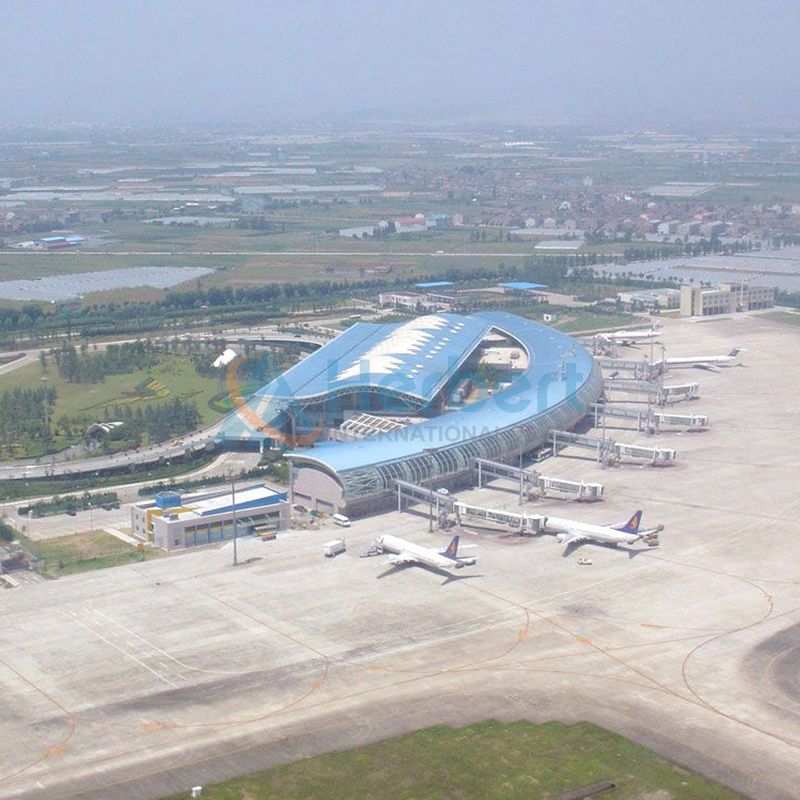

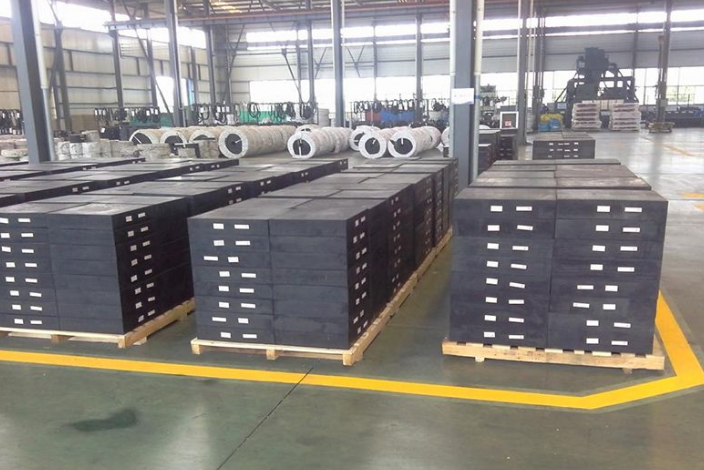
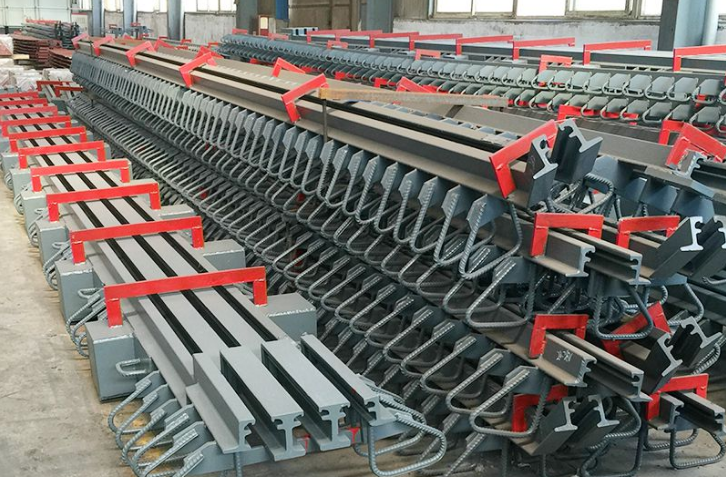
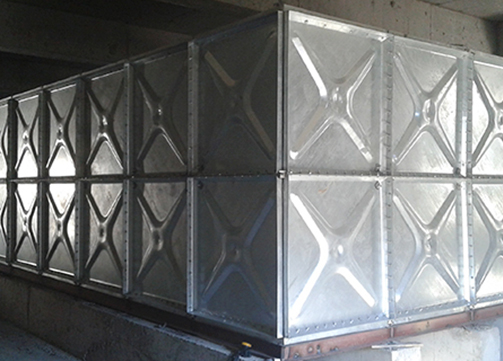
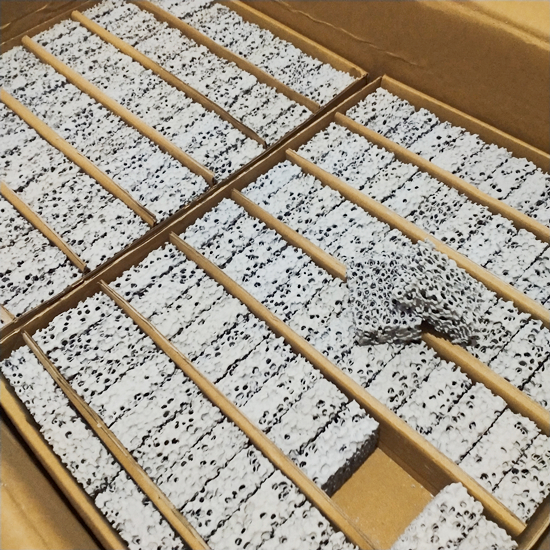
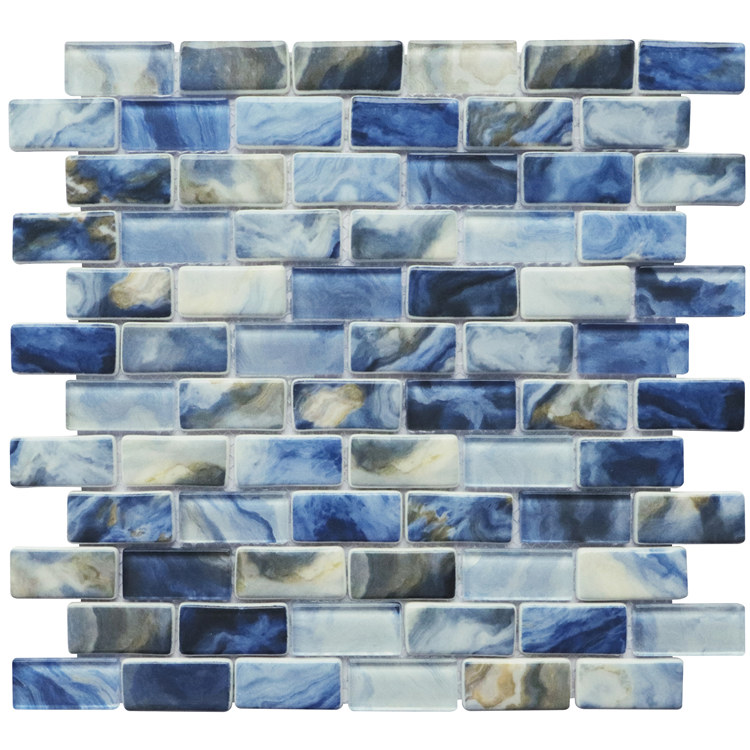
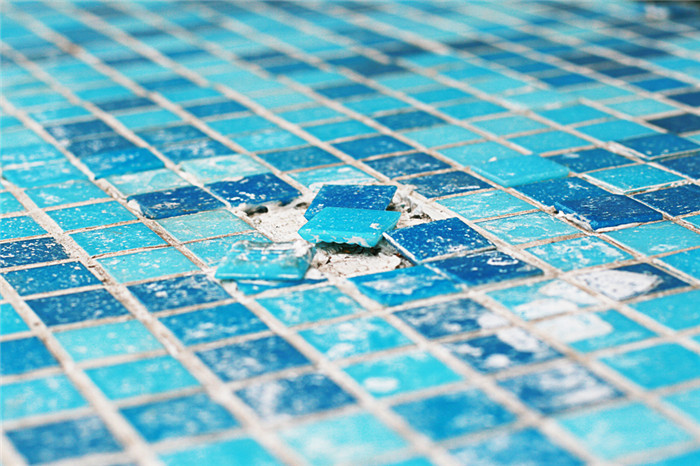
Comments
All Comments (0)